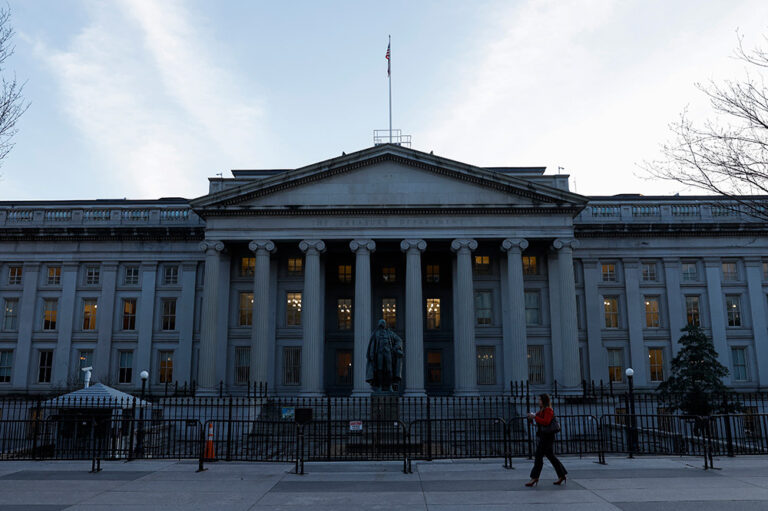Any Way You Look at It, Interest Costs on the National Debt Will Soon Be at an All-Time High
The most recent projections from the Congressional Budget Office (CBO) confirm once again that America’s fiscal outlook is on an unsustainable path — increasingly driven by higher interest costs. Growing debt, in addition to the rise in interest rates over the past couple of years, has significantly increased the cost of federal borrowing. In 2024, interest costs on the national debt totaled $881 billion — surpassing most other components of the federal budget.
CBO projects that interest costs in 2025 will total $952 billion — an 8 percent increase from the year before, but following increases of 30 and 32 percent in each of the two years before that. This year’s high interest bill is part of a trend that stretches out into the future, as debt continues to climb and relatively high interest rates push up the cost of federal borrowing. Over the next decade, the U.S. government’s interest payments on the national debt are now projected to total $13.8 trillion — the highest dollar amount for interest in any historical 10-year period and nearly double the total spent over the past two decades after adjusting for inflation. In fact, by pretty much any measurement, interest on the national debt will soon grow beyond its highest level since 1940, when such data were first collected:
- Net interest costs under CBO’s projections (which generally assume that current laws remain the same) would rise from $952 billion in 2025 to nearly $1.8 trillion in 2035.
- Relative to the size of the economy, interest costs would reach 3.2 percent of gross domestic product (GDP) in 2026 — eclipsing the previous high set in 1991. Interest costs would climb to 4.1 percent of GDP by 2035.
- As a share of federal revenues, federal interest payments would rise to 18.4 percent this year, equaling the previous high set in 1991. Under CBO’s projections, that ratio would be lower over the next two years, but would resume rising afterwards and would climb to 22.2 percent by 2035.
- As a percent of total spending, interest costs would reach 15.6 percent by 2031, exceeding the previous high of 15.4 percent set in 1996.
Mounting interest costs put tremendous pressure on the federal budget, making it more difficult and costly to address pressing challenges and invest for the future. In fact, under CBO’s current Budget and Economic Outlook, net interest costs will exceed Medicare spending through the upcoming decade. Rising interest costs also contribute to a vicious cycle of higher debt and additional interest costs.
Another way to contextualize the growth in interest costs: right now, the Treasury pays about $2.6 billion per day, on average, for interest. And unless we change course, that will rise to $4.9 billion per day in 2035.
Any number in the trillions can be hard to grasp. Here are some ways to consider what $13.8 trillion in interest means for America.
$13.8 trillion is:
- Roughly $40,500 per person.
- Nearly twice what the government spent on net interest between 2005 and 2024.
- More than four times Social Security’s cumulative cash deficits in the next 10 years.
- Nearly five times the cost of the 403 U.S. weather and climate disasters where overall damages each reached or exceeded $1 billion since 1980 (adjusted for inflation).
- More than 20 times the need of America’s 20-year, $625 billion drinking water infrastructure.
By any measure, interest costs as part of the federal budget are at an all-time high, and trending even higher in the years ahead. Securing the nation’s fiscal and economic future will mean getting those interest costs under control, which will help relieve pressure within the budget, allow investments in priorities for the country’s future, respond to emergencies, and help ensure a vibrant and inclusive economy for the nation.
Image credit: Kent Nishimura/Getty Images
Further Reading
The Fed Reduced the Short-Term Rate Again, but Interest Costs Remain High
High interest rates on U.S. Treasury securities increase the federal government’s borrowing costs.
What Types of Securities Does the Treasury Issue?
Learn about the different types of Treasury securities issued to the public as well as trends in interest rates and maturity terms.
Quarterly Treasury Refunding Statement: Borrowing Up Year Over Year
Key highlights from the most recent Quarterly Refunding include an increase in anticipated borrowing of $158 billion compared to the same period in the previous year.


